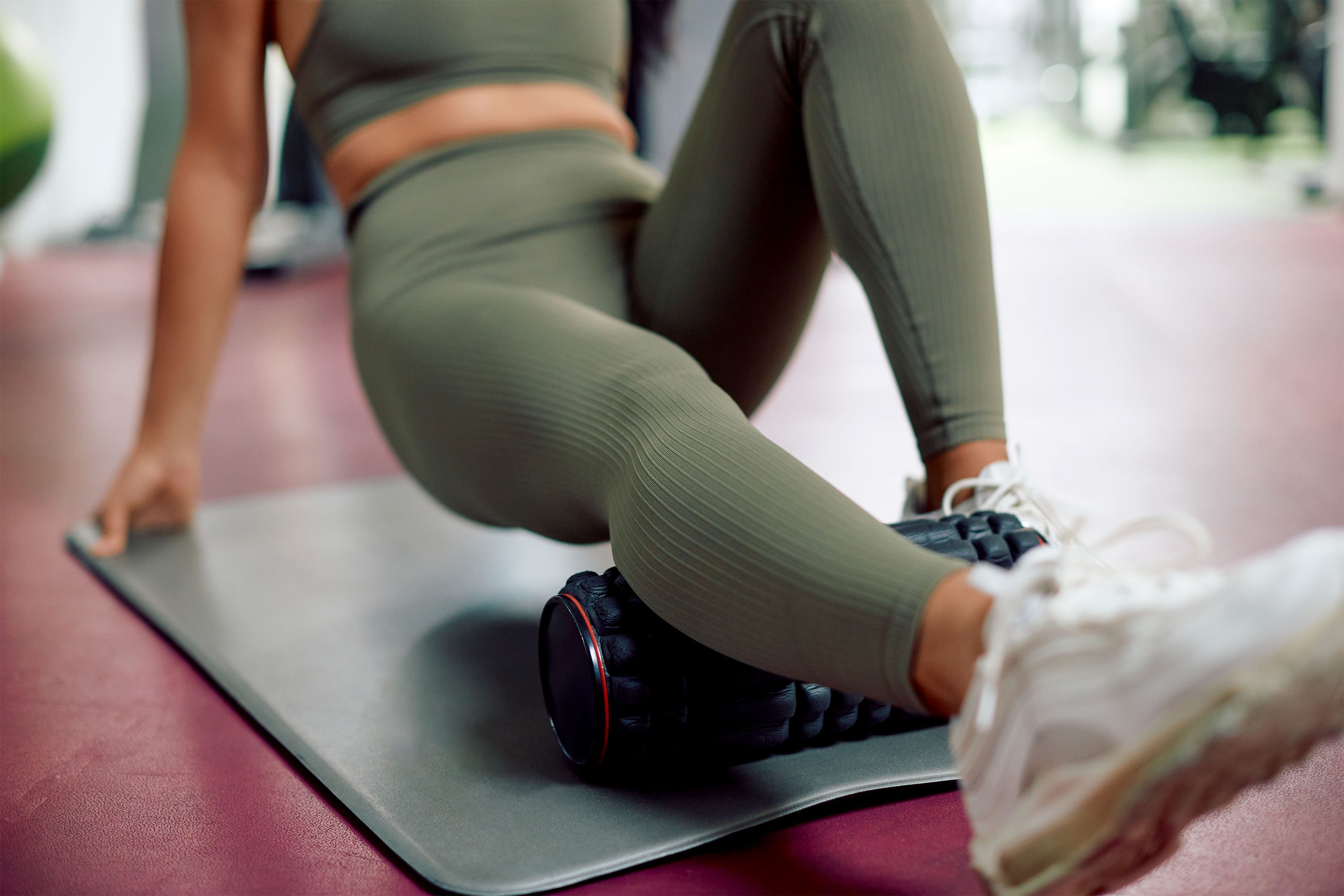ItIn the pursuit of achieving fitness goals, many fitness enthusiasts often overlook a crucial aspect of their regimen – muscle recovery. Overworked and tight muscles can hinder progress and lead to injuries. To optimize your fitness journey, incorporating foam rolling into your routine can make a significant difference. In this article, we will explore the benefits of foam rolling, its impact on muscle recovery, and how to effectively use this technique to achieve your fitness aspirations.
1. Understanding Foam Rolling:
Foam rolling, also known as self-myofascial release, is a self-massage technique that involves using a roller to apply pressure to specific muscle groups. The pressure exerted on the muscles helps release tension, knots, and adhesions within the fascia – the connective tissue surrounding muscles. By breaking down these adhesions, it can enhance flexibility, range of motion, and ultimately improve overall athletic performance.
2. The Benefits of Foam Rolling:
- Muscle Recovery: Intense workouts can lead to muscle soreness and tightness. Foam rolling aids in the recovery process by increasing blood flow to the muscles, reducing inflammation, and alleviating post-exercise discomfort.
- Injury Prevention: Regular rolling can help prevent injuries by identifying and addressing imbalances and tight spots that could potentially lead to strains or sprains during workouts.
- Improved Flexibility: As muscles become more supple and pliable through foam rolling, flexibility is enhanced, leading to better form and execution during exercises.
- Enhanced Performance: By improving muscle function and range of motion, it can boost athletic performance, allowing you to push harder and achieve your fitness goals more effectively.
3. How to Use Foam Rolling Effectively:
- Target Specific Muscle Groups: Focus on the major muscle groups you engage during your workouts, such as quads, hamstrings, calves, glutes, and the upper back.
- Apply Controlled Pressure: When using the foam roller, apply controlled pressure on the targeted muscle group. Roll slowly, pausing on areas of tension for about 20-30 seconds to allow the muscle to release.
- Breathe and Relax: Remember to breathe deeply and relax your muscles during the treatment. Avoid tensing up, as it may reduce the effectiveness of the technique.
- Consistency is Key: It works best when done consistently. Aim for at least 10-15 minutes of after each workout session or as part of your daily routine.
4, Combining Foam Rolling with Stretching:
For optimal results, consider incorporating static stretching after foam rolling. Foam rolling prepares the muscles for stretching, making them more receptive to elongation. This combination can further improve flexibility and overall muscle function.
The infographic below from Bracken Foam Fabricators is ideal for anyone who is considering foam rolling as a form of exercise, but still wants to find out a bit more. All of the essentials are covered here, so grab a roller and get those muscles loosened!
Author Bio
Max Bracken is the Manufacturing Manager of Bracken Foam Fabricators (www.foamfabricators.ie), an Irish manufacturer of high quality foam products. The company makes foam products for sporting and athletic pursuits, among other functions, and this corresponds with Max’s interest in sport, health and fitness.









